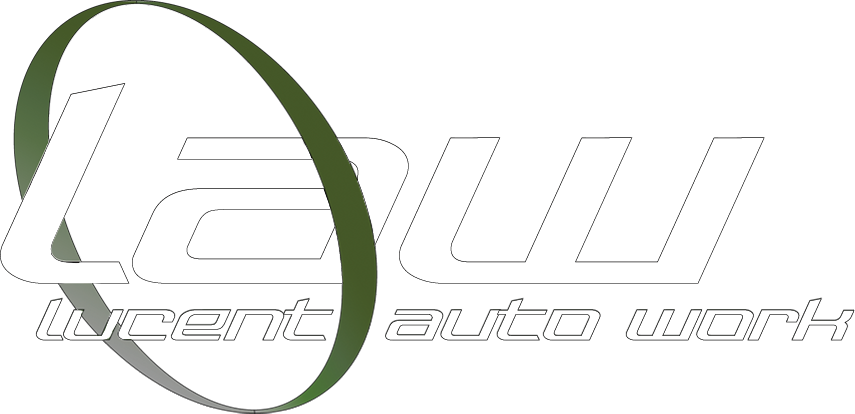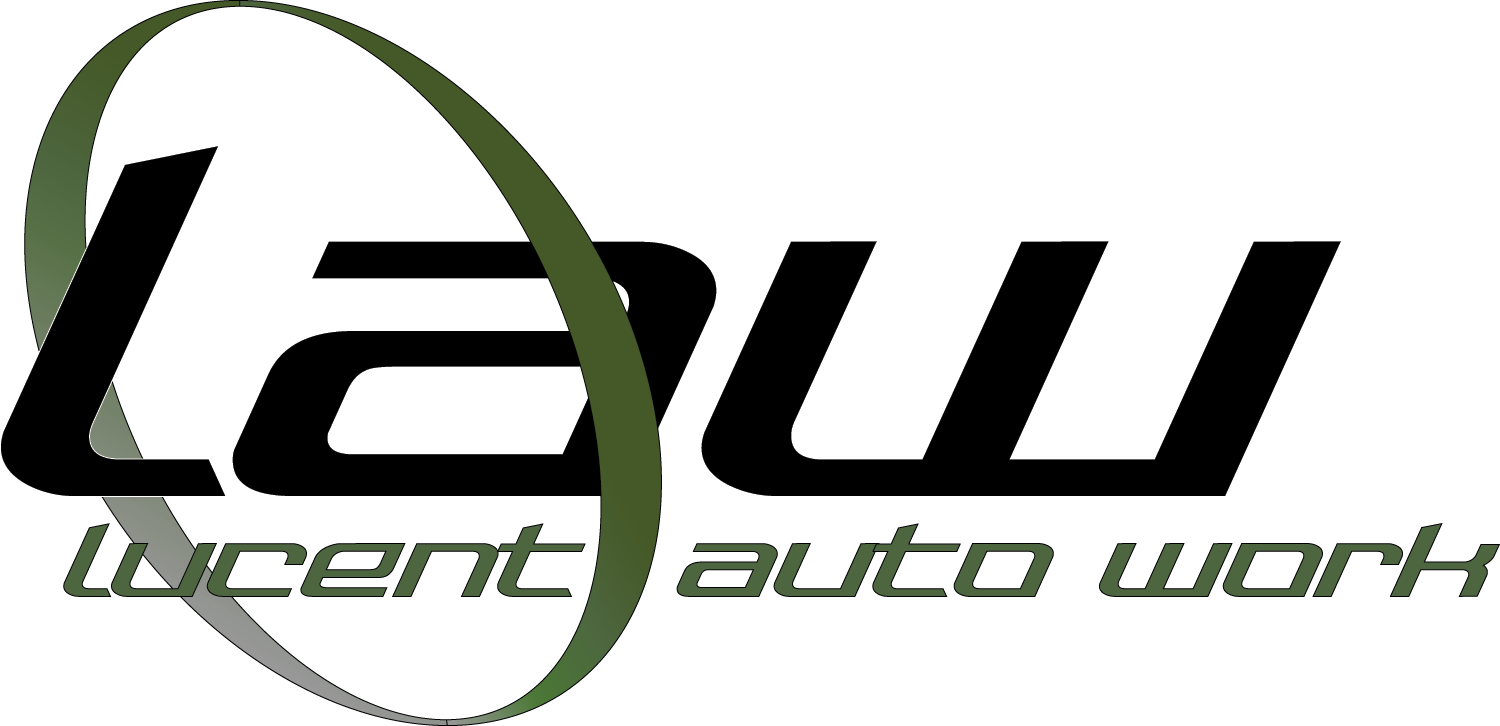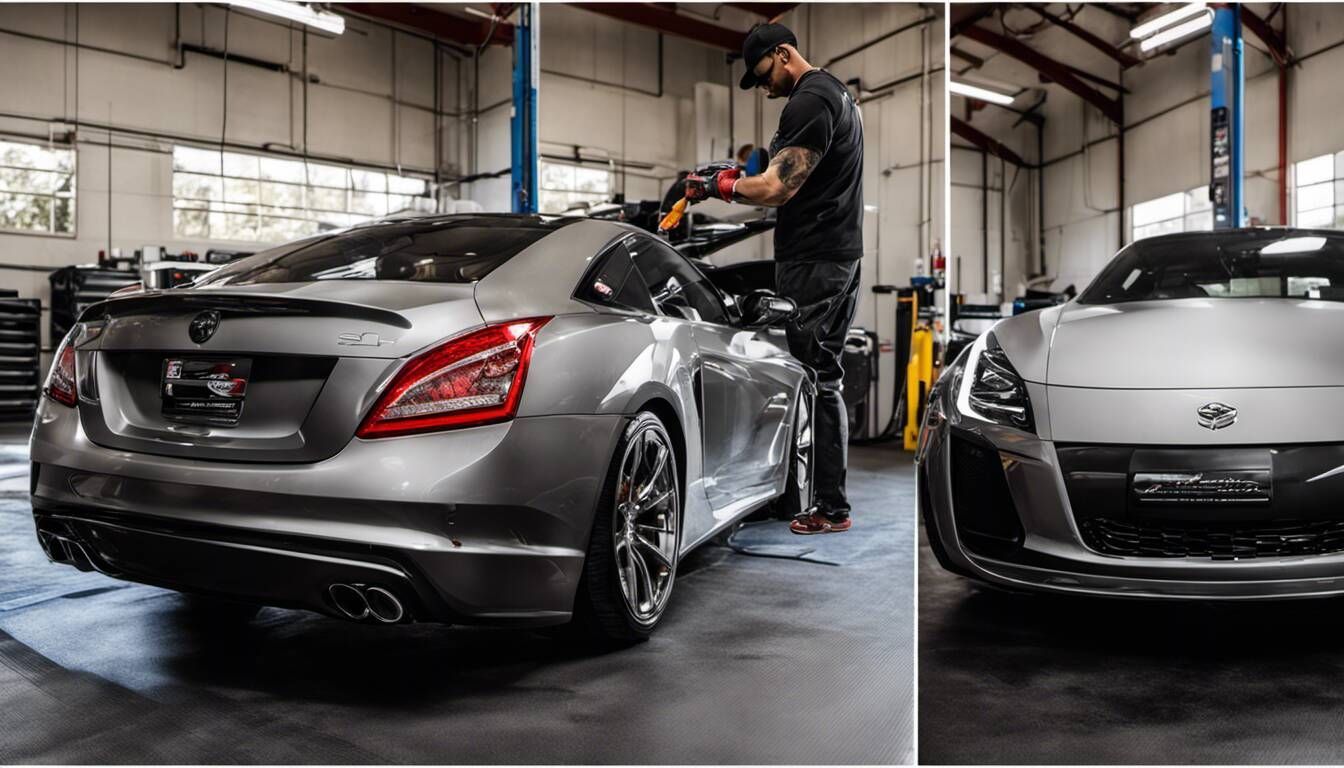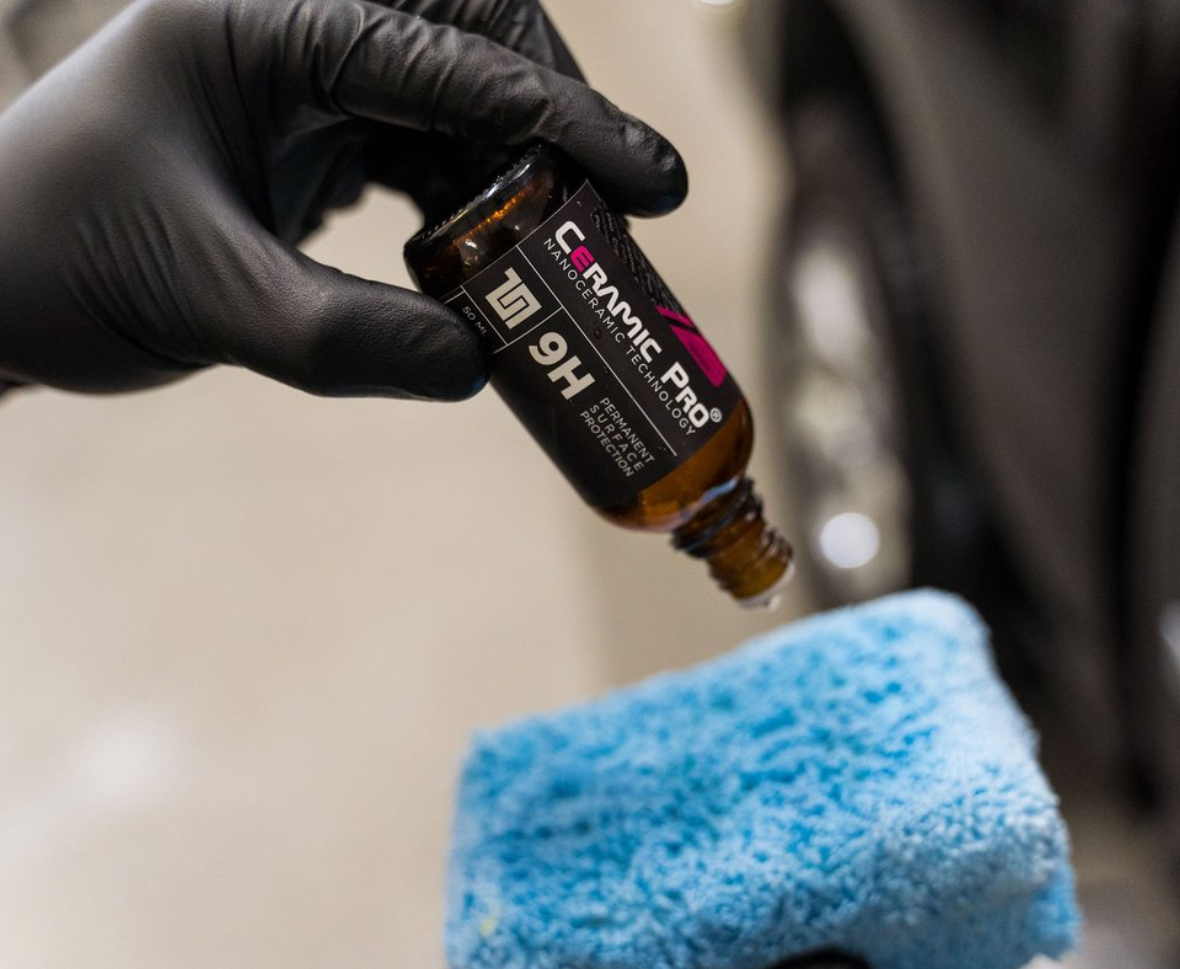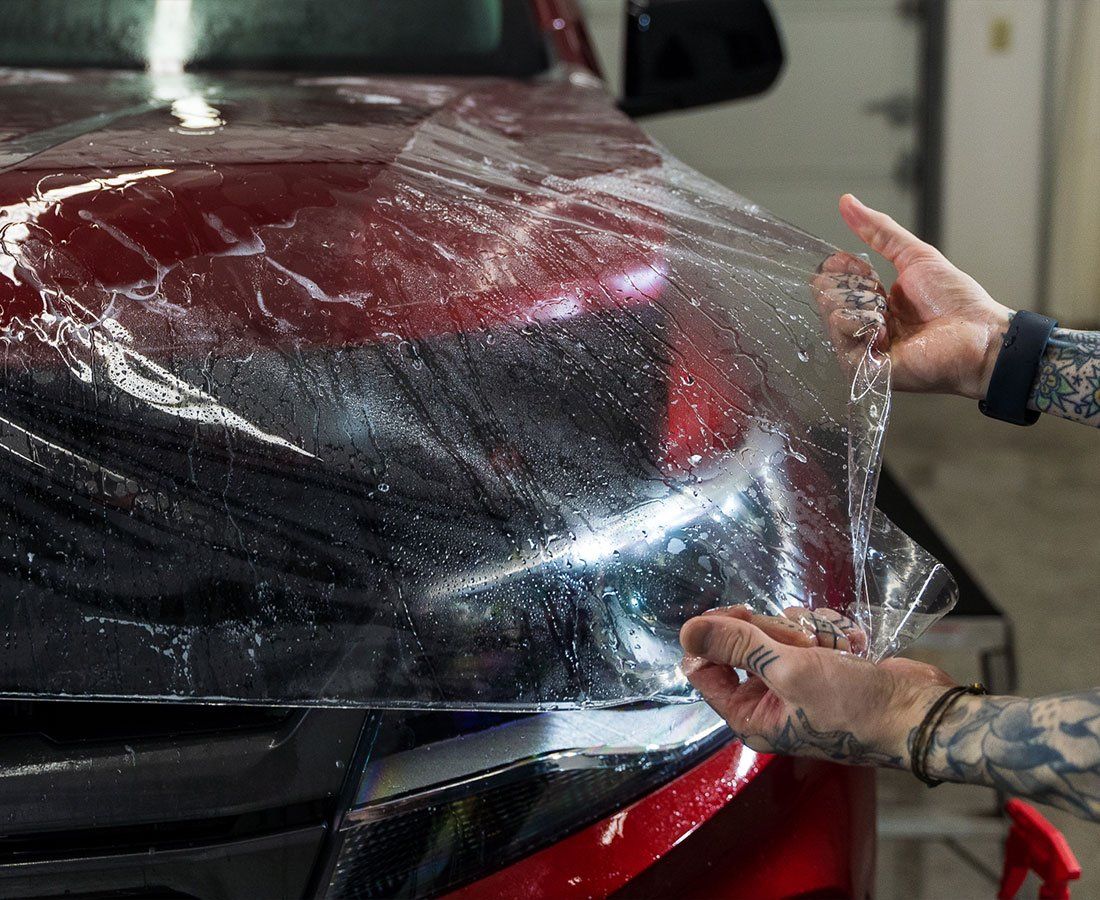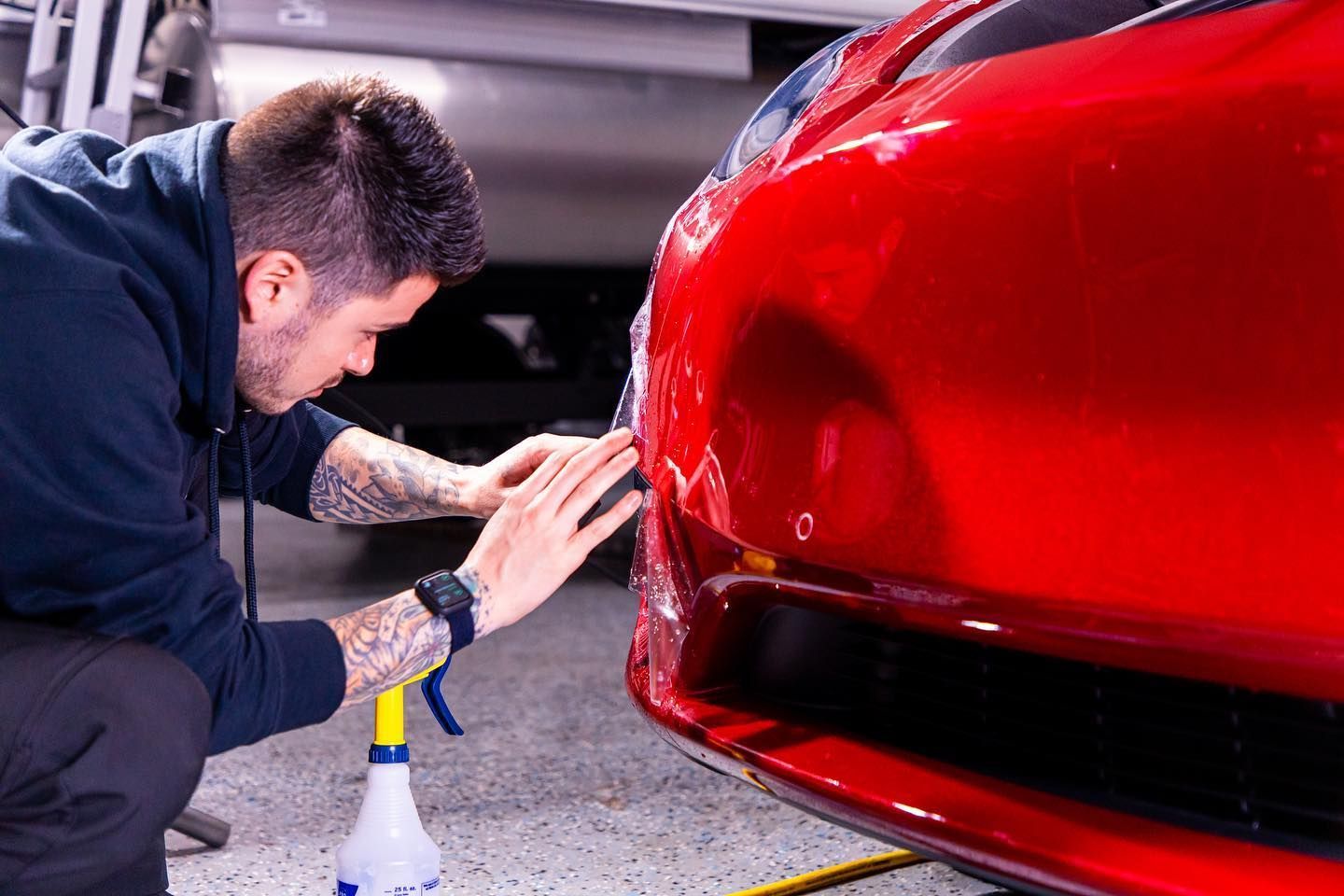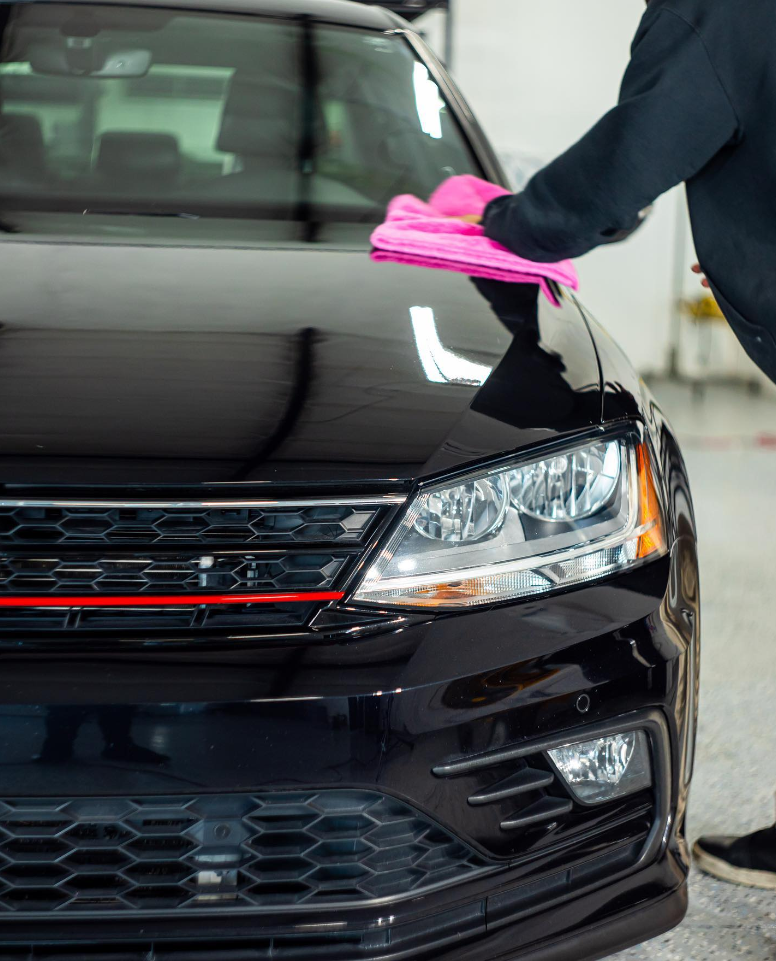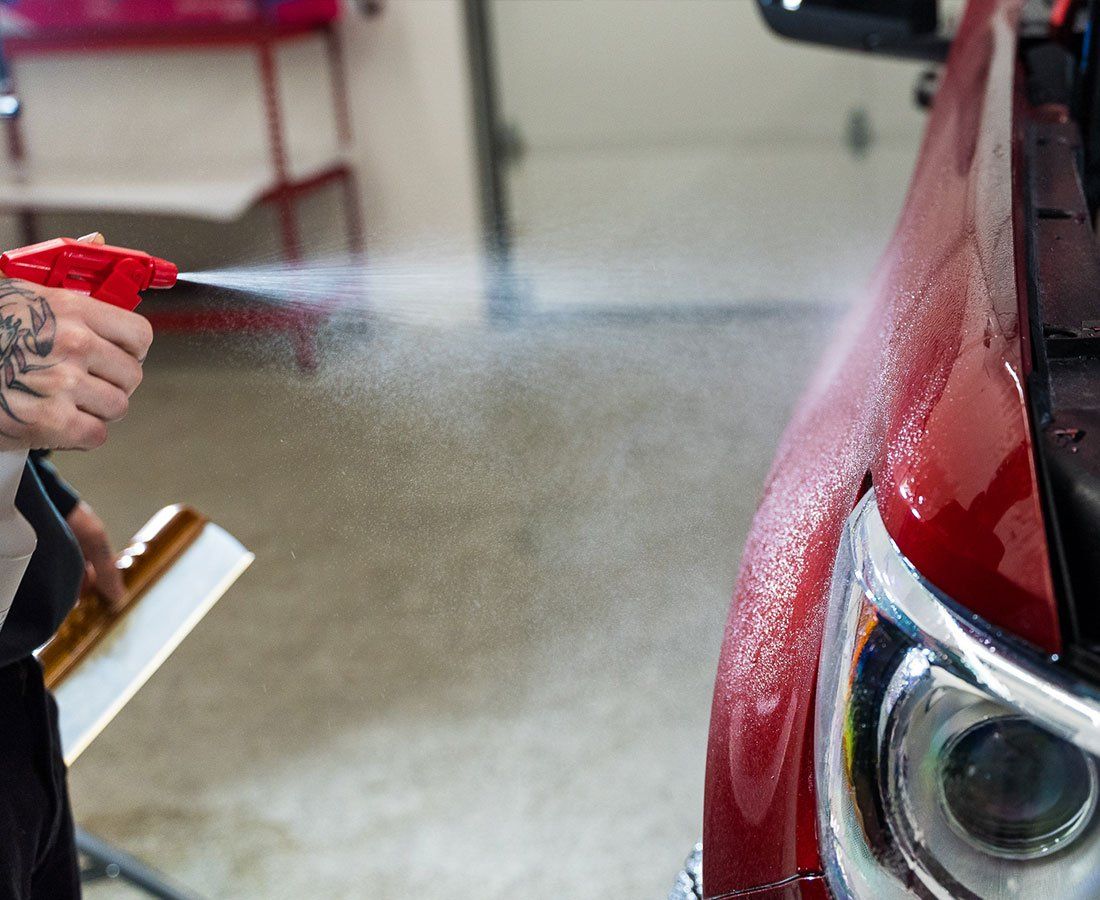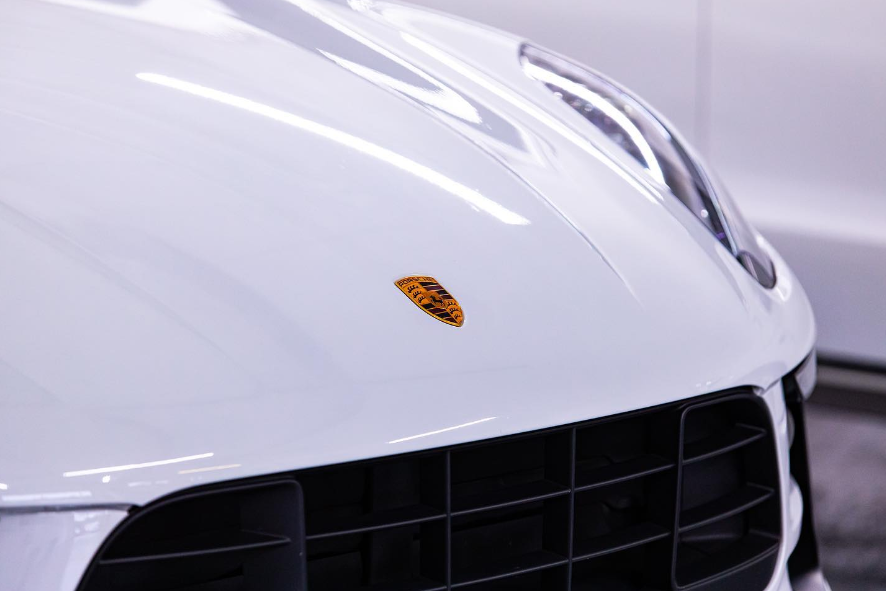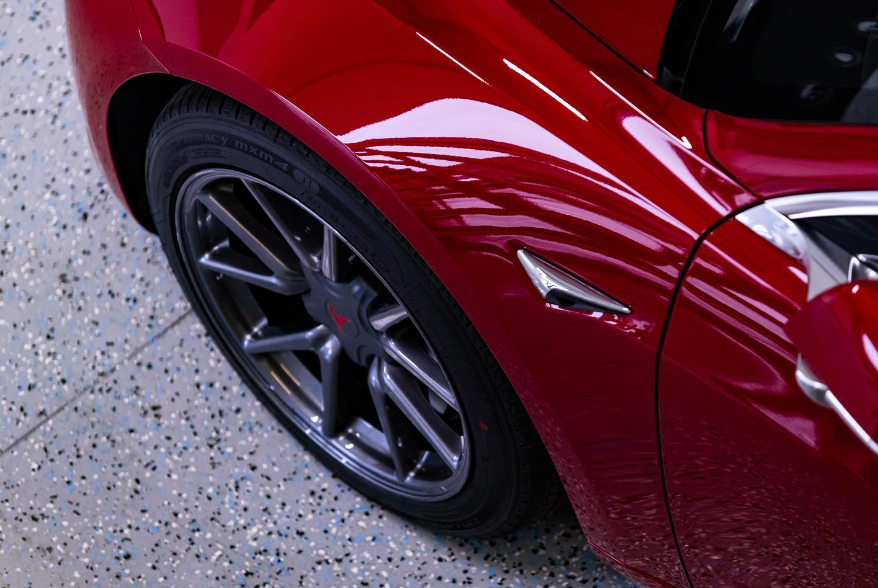If you're in the market for a car detailing shop to make your car look sparkling new and improve its performance, there are some things you should absolutely look out for to ensure the best auto detailing services. From the type of services offered by auto detailers to the pricing policy, there are a few must-haves that every
car detailing shop
should have before you consider taking your vehicle there.
What to Expect from a Car Detailing Shop
When it comes to choosing a car detailing shop, an important question on many drivers’ minds is: what should they expect? After all, car detailing is an extensive service requiring trained professionals, the right tools and products, and a well-maintained workspace.
To ensure that you’re picking the best detailing shop for your needs, here are a few key points to consider. To begin with, a car detailing shop must use only high-quality products when cleaning and treating your vehicle. Products should be gentle enough not to damage the paint or delicate surfaces of your vehicle, yet tough enough to remove tough stains and keep the car looking great.
Furthermore, make sure the shop is well-equipped with the latest tools and equipment necessary for providing high-quality auto detailing services. This includes both hand washing and machine polishing, along with other specialized products needed for effective cleaning.
A good car detailer will also have a clear understanding of how to safely clean different types of materials used in car interiors. With expertise in leather care and fabric protection, the detailer can protect your upholstery from premature deterioration or discoloration caused by dirt and sun exposure.
They should also know how to properly clear out air vents and crevices where dirt and dust can collect over time. When considering a car detailer, customer service should also be taken into account. The professional staff should be knowledgeable about the services they offer and willing to answer any questions you may have throughout the process.
Additionally, they should strive to complete each job in a timely manner without rushing through any parts of the process that could compromise your vehicle’s overall condition. Being informed about these elements can help you find a high-quality service that meets your expectations.
Finally, these are just some of the factors to consider when choosing a car detailing shop. By having an idea of what kind of service you want from auto detailers and ensuring that they meet these expectations, you can more confidently entrust your car's maintenance needs to them.
Next, we'll discuss some of their specific detailing services.
The Different Detailing Services Offered
When it comes to the services offered by a car detailing shop, the possibilities are almost endless. Generally, detailing shops offer both interior and exterior services. Interior detailing can range from simple vacuuming and panel cleaning to shampooing upholstery/carpets and even leather reconditioning, depending on the shop.
Exterior detailing, on the other hand, usually entails a thorough cleaning that includes the removal of dirt and road contaminants, waxing, polishing, wheel treatments, and trim restoration. Some detailers, particularly those who specialize in auto detailing, may also provide paint touch-ups, window tinting, headlight restoration, and even exterior cleaning to remove scratches from the surface of your vehicle.
While some customers may be satisfied with basic automotive maintenance services like a regular car wash or waxing, others may opt for more advanced and labor-intensive packages that can include additional components like paint correction treatment or engine detailing.
It's important to keep in mind that some of these pampering services might not be inexpensive. As a result, before booking any service, customers must consider their bottom line and conduct extensive research. It is equally important to choose an experienced detailer who is familiar with the latest technologies and products in the industry to ensure that your car receives proper attention.
While DIYers might think they can do this job themselves, the truth is that an experienced professional auto detailer is likely to have the necessary manpower and industry expertise to address complex detailing issues effectively and efficiently. Having said that, transitioning from simple wash and wax treatments to comprehensive packages can be overwhelming for people who are just getting started in this field.
As a result, it is critical that they understand which services are essential for their vehicle's needs so that they can make an informed decision when looking for car detailing shops.
Next, we'll look at five key services every customer should consider when looking for a reliable car detailing shop.
5 Must-Have Services to Look for in a Car Detailing Shop
When researching a car detailing shop, it is important to look for additional services that can help keep your vehicle in the best condition possible for a long time. The five must-have services to look for include clay bar treatment, interior rejuvenating and sealing, paint sealant application, headlamp restoration, and engine detailing.
Clay bar treatment is an effective way to remove contaminants such as sap or acid rain from the vehicle's paint finish. Following this step, the vehicle should be washed with a special detailing shampoo that won't strip away any of the existing wax, and then the paint should be sealed with a high-quality wax or sealant.
Interior rejuvenation is essential for providing a clean and polished look for your car. Some services offered include professional cleaning of all surfaces, inside and out. Furthermore, leather trim pieces should be conditioned with a leather cream to protect them against future damage while adding a high-gloss finish.
Paint sealant applications provide better UV protection and durability than traditional waxes. This type of product is created using synthetic polymers, which create a thicker layer on top of the existing clear coat finish on the vehicle, adding further protection from environmental elements such as dirt, dust, and gravel.
Older cars with foggy headlights that make it difficult to see at night can greatly benefit from headlamp restoration services, which a skilled auto detailer frequently offers. Buffing the lens surface removes old oxidation, restoring clarity and brightness.
Finally, engine detailing should also be considered as part of your car’s maintenance plan. If done regularly, it not only makes engines look great but can prevent buildup from occurring in hard-to-reach areas by removing dirt and grime. A thorough polish of the engine components can further enhance the effectiveness of this solution.
All in all, car detailing is more than just making sure your car looks good; it’s about ensuring its longevity too through proper maintenance techniques performed by a skilled team.
Now that you know what to look for in a good detail shop, we can discuss exterior wash and waxing treatments with protective coating—the next step in keeping your car looking its best!
Exterior Wash and Waxing
It’s no secret that a car’s exterior can take a beating due to daily exposure to the elements. To ensure optimal protection of your vehicle, many car detailing shops offer an exterior wash and wax service.
This specialized service is designed to remove dirt, grime, and other debris from the surface of the car while restoring its paintwork and keeping it in showroom condition.
Not only is a well-done wax job with a durable coating applied aesthetically pleasing, but it can also aid in preventing further damage from UV exposure, bird droppings, road salts, and other environmental hazards.
When selecting an external wash and waxing service from a car detailing shop, it is important to consider both quality and value for money. At the lower end of the price range, you may have access to basic wash and wax services that involve a simple hand wash and one or two layers of sealant wax applied over time.
However, for more advanced protective treatments such as ceramic coatings or paint sealants, you may need to upgrade to more expensive packages. Ultimately, it will come down to personal preference and budget, as well as what level of protection you require for your ride.
When looking for a good deal on car detailing services, make sure to inquire about the duration of each treatment. To keep your car in pristine condition for as long as possible, you need to use high-quality materials and expert techniques.
Additionally, make sure the detailer has experience handling your specific make and model before making a final decision. The value of exterior maintenance services cannot be overstated, as they can save money on repairs in the long run.
Interior Cleaning and Protectant Application
Interior cleaning and protectant application are the next stages of a comprehensive car detailing service. A thorough interior clean requires focus on all surfaces, including the upholstery, carpeting, and dashboard, to remove dust and dirt.
It is critical to use proper equipment and features, such as vacuums, steamers, and cloths, that will not scratch surfaces or cause additional damage to the interior materials.
Additionally, after removing all dust, dirt, and debris from interior surfaces, it’s important to apply an appropriate protectant to maintain the integrity of the cabin materials against any future buildup of dust or dirt.
The cleaning products used should be carefully chosen based on the type of material being worked with in order to prevent any discoloration while still providing long-term protection.
Ultimately, by taking the extra precaution of using specialized tools and highly rated protectants tailored to each surface inside a car, you can ensure your car will remain sparkling clean for longer periods of time without having to worry about potential damage or discoloration. With the right tips and choice of products, maintaining your car's pristine condition becomes easier.
Finally, once your car’s interior is deep cleaned and protected, it’s time for painted surface waxing for additional protection against environmental elements. Waxing your vehicle adds a layer of protection against dirt buildup and UV ray damage, which can erode your paint job over time.
Choosing the right wax products can help you achieve better results.
- According to a survey of car owners in the U.S., the most important service to consider when looking for a car detailing shop is quality of work (70%).
- The second most important factor was cost (30%), followed by convenience (25%), friendliness and professionalism of staff (20%) and availability of services (15%).
- Professional auto detailing businesses typically use high quality cleaning products and equipment, such as advanced vacuums and steam cleaners, to ensure that your vehicle looks its best.
Painted Surface Waxing
Painted surface waxing is a crucial step in making sure that your car looks its best. Waxing not only makes a car look shiny and new, but it also creates a barrier of protection for the paint job by preventing contaminants such as dirt and mud from sticking to the car's surface.
Waxing also protects against UV rays from the sun, preventing paint damage and fading over time. While many DIYers enjoy waxing their cars at home, it is also important to have this service performed professionally. Professional detailing shops often have access to higher-quality waxes that can provide superior protection and shine with much less effort than when you wax your car yourself.
On the other hand, some critics believe that regular waxing isn't necessary or worth the money. This is because wax typically wears away over time, necessitating more frequent applications to maintain the barrier of protection and shine it provides.
However, studies have shown that applying maximum-strength professional-grade paint wax every month (or even every two months) can actually extend the lifespan of your car's paint job by greatly reducing the rate of oxidation and helping prevent rust spots from appearing on your vehicle's exterior.
Overall, the choice to use painted surface waxing services is yours, but given how crucial it is to the upkeep and aesthetics of your car, it would be wise if you did—especially if you value maintaining your car's appearance at its very best throughout the year.
While professional shop waxing may seem expensive initially, such an investment will end up saving you time and money in the long run, proving itself to be invaluable in preserving a car's appearance and its value. It's definitely worth considering when weighing your choices regarding vehicle care.
Having said that, painted surface waxing alone will not keep your valuable vehicle free of signs of wear and tear. To ensure long-term protection of your vehicle's finish, complementary services such as professional washing and detailing inside and out should be used, so you can rest assured that what begins as a good drive ends up being truly glorious.
Remember these helpful tips for maintaining your car's appearance.
Professional Wash and Detailing Inside-and-Out
When choosing a car detailing shop, a professional wash and detailing inside and out is a must. Washes are necessary for removing dirt and debris from the exterior, which could weaken the protective layer and expose the surface to damage.
Choosing the right detailing services will ensure the protection and longevity of your vehicle. A thorough detailing will also preserve your vehicle's overall appearance, keeping it looking new and vibrant for longer.
Furthermore, a detail should include an interior clean and vacuum to remove any dust or dirt buildup that can cause wear and tear on cabin surfaces. For those who live in cold climates where road salt is used for deicing, professional detailing provides particular benefits. If not regularly washed off and neutralized with rust inhibitors, salt can cause corrosion.
Car owners should be aware that only automotive professionals understand how deeply salt can penetrate into specific areas of a vehicle, such as grille openings and fender liners, and are thus better equipped to provide effective cleaning services. There has been some debate among professionals in the car detailing industry about whether to wax or use a high-end sealant to protect painted surfaces after washing.
On the one hand, waxing is regarded as more cost-effective than sealants because it must be redone more frequently. Sealants, on the other hand, provide greater protection than wax and typically last much longer before needing to be reapplied. Finally, what works best depends on personal preferences as well as environmental conditions, because waxes work better if temperatures remain cool during application, whereas sealants do not require this type of climate to create an effective barrier against UV damage and water spots.
As a result, before selecting the best product for their paint job, every car owner should consult with their detailer.
Experience Top-Quality Car Detailing Services With Lucent Auto Work in Tacoma, WA
When looking for a car detailing shop in Tacoma, WA, it's critical to focus on some essential factors that distinguish the exceptional from the usual. A professional car detailer should provide a complete range of services to meet your vehicle's exacting standards. At Lucent Auto Work, we offer a wide range of professional detailing services that will leave your vehicle looking flawless.
Whether you need a thorough interior cleaning or a flawless exterior shine, we take pride in our meticulous craftsmanship.
We've got you covered! Give us a call today for more information and to book your appointment!
